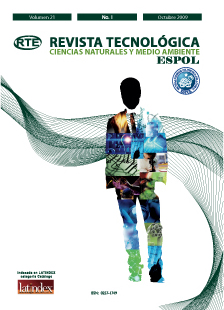Se evaluó la influencia de la sustitución parcial de harina de trigo con harinas de cladodios de cactus (Opuntiaboldinghii Britton & Rose) integral e hidrolizada enzimáticamente como fuente de fibra sobre característicasfisicoquímicas, sensoriales y variación del color de postres tipo ponquecitos. Se formularon 7 postres, 1 control100% harina de trigo, 3 con sustitución parcial de harina de trigo por harina integral y 3 con sustitución porharina hidrolizada. Las sustituciones se realizaron en 10%, 15% y 20%. Se compararon las variables humedad,proteína, grasa, fibra cruda, cenizas, extracto libre de nitrógeno y energía metabolizable, determinándosediferencias significativas (P<0,05). Hubo incrementos en los contenidos de fibra, cenizas, calcio y disminución dela energía metabolizable en los postres con harinas de cactus. Se evaluaron sensorialmente los atributosconsistencia, color, olor y sabor con un panel no entrenado, percibiéndose diferencias en todos los atributos(Friedman al 95% de confianza). La preferencia fue por el postre control, seguido del harina integral 10%. Seimplementó un sistema de visión computarizada para obtener imágenes de los postres y establecer diferencias decolor. La muestra control fue mas clara, seguida de la harina integral 10%. A mayor porcentaje de sustitución,menos claras. Los postres con harina hidrolizada fueron más oscuros.
Abstract
The influence of partial substitution of wheat flour with whole and enzymatically hydrolyzed cactus (Opuntiaboldinghii Britton & Rose) cladodes flours as fiber source on sensory, physiochemical characteristics and colorvariation of cupcake-type desserts was evaluated. 7 desserts were formulated, 1 control 100% wheat flour, 3with partial substitution of wheat flour by whole flour and 3 with substitution by hydrolyzed flour. Substitutions in10%, 15% and 20% were carried out. The variables humidity, protein, fat, ashes, raw fiber, nitrogen-free extractand metabolizable energy were compared, being determined significant diferences (P<0.05). There wereincrements in the fiber, ashes and calcium contents and energy metabolizable decreased in the desserts with cactusflours. The attributes consistency, color, odor and taste were sensory evaluated with a non-trained panel, beingperceived differences in all the attributes (Friedman at 95% confidence). The preference was by the control dessertfollowed by the 10% whole flour. A computer vision system to obtain images of the desserts and to establish colordifferences, was implemented. The control sample was more clear, followed by the 10% whole flour. To greaterpercentage of substitution, less clear. The desserts with hydrolyzed flour were darker.







